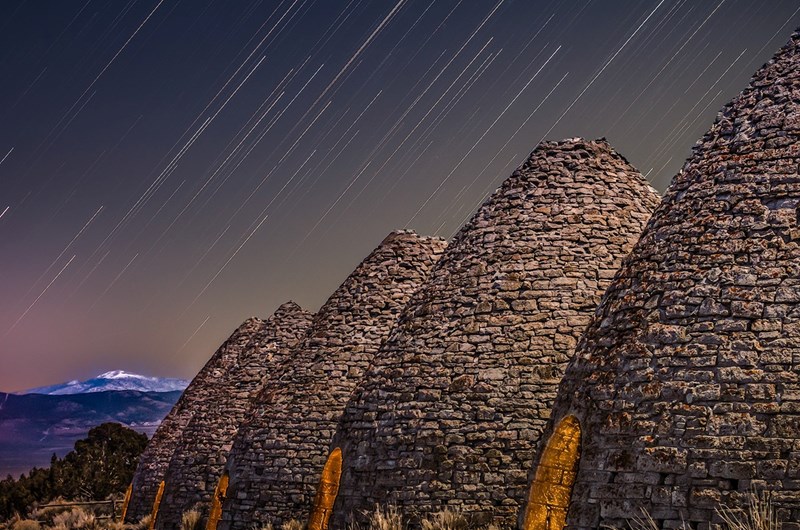Your cart is empty!
Make checkout easy by booking all your reservations at once. Add your sites from different campgrounds into your shopping cart* and then choose checkout.


Watch late evening until moonrise on the night of April 21-22, 2022. **The predicted peak is 4 UTC on April 22.
In a dark sky with no moon, you might see 10 to 15 Lyrids per hour.
The Lyrids are known for uncommon surges that can sometimes bring rates of up to 100 per hour! Most meteor showers are caused by debris from a passing comet. For the Lyrids, the comet is named Comet Thatcher. Maybe you're wondering:
Have I ever observed Comet Thatcher?
That doesn't mean this area has to always be empty. When you start reviewing camping options, your history will display here to help compare sites and find the best stay. You will be able to share your stay information with friends or family and save it for a later time if you have a KOA Account.
Make checkout easy by booking all your reservations at once. Add your sites from different campgrounds into your shopping cart* and then choose checkout.